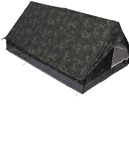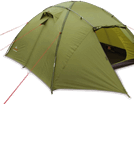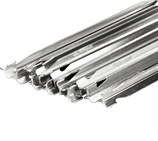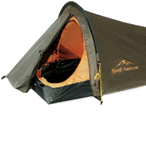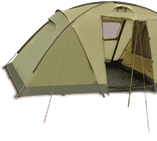Dome tents are stable and usually quick and efficient to set up, which is essential when sleeping outdoors, especially during a sudden shower. Thanks to these properties, dome tents, also known as igloo tents, are among the most widespread today.
One of the three constructions
We recognize three primary constructions in tents, among which the so-called A-frame is the oldest, and the dome construction is the most widespread. Thirdly, we must also mention tunnel tents, which are sometimes referred to as bivouac and are popular among people who want a low-profile solution for one to two people.
Let's return to the dome tents, whose typical characteristic is not only the shape but also the square base and relatively well-utilized space. Dome tents consist of two parts, the outer (so-called flysheet) and the inner. The construction of a dome tent is tensioned using poles. Two poles of the same length are diagonally tensioned and secured, creating the necessary space for setting up the inner part. If the poles intersect at more than one point, we talk about a so-called geodesic tent. Such tents are popular in base camps built at high altitudes.
Self-supporting construction
As already indicated, dome tents offer the highest possible stability. Under normal circumstances, they do not need to be anchored to the ground, as they have a self-supporting construction. However, to increase their resistance to weather conditions, it is better to anchor them to the ground like other tents. It is definitely worth mentioning that the dome construction is the most widespread type of tent in the world.
Ideal choice?
Dome tents, also known as igloos, can be further subdivided into subcategories. The most important subdivision is into internal and external constructions. The external construction speeds up the setup of the tent because both mentioned layers can be set up at the same time. If we want to pack the tent in the rain, we first fold the inner part and then the outer one.
With dome tents, as with other tourist equipment, we must pay attention to weight and volume in folded condition. Not every manufacturer can handle these factors – and tents from such manufacturers are more suitable for camping, where we arrive by car and don't worry about some extra weight. However, if we want to carry the tent in or on a backpack, we consider every kilo and every centimeter of length or width.
A porch is important
An important part of every dome tent is the porch, which is somewhat complicated to design due to the ground plan. We can't imagine a tent without a porch, as it serves primarily as storage for equipment and also as a place to put shoes. Dome tents can have either an apsis, which is essentially an extended flysheet providing some extra space, or a classic porch, which is much more spacious and uses a supporting pole.
Choice depends on usage
The selection of a specific dome tent naturally depends on where we plan to use it the most. If we want to have a tent in the garden for the children during the summer, we can opt for a cheaper piece. Conversely, the more we plan to set up and take down the tent, the more durable and high-quality its material must be. The most critical part of any tent is the seams, which are the most likely to let water through.
The flysheet material should handle a water column of 1000 to 1500 mm, in worse conditions from 1500 to 3000 mm. The inner part must be made of breathable material so the tent can breathe. The floor of the inner part should be durable and strong with a water column from 5000 mm to 10,000 mm. We also need to consider moisture coming from the ground.
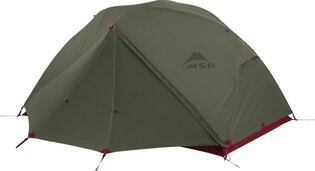
MSR® Elixir 2 backpacking tent
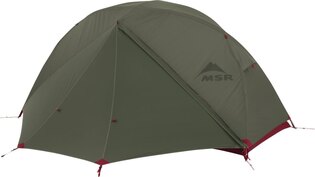
MSR® Elixir 1 backpacking tent
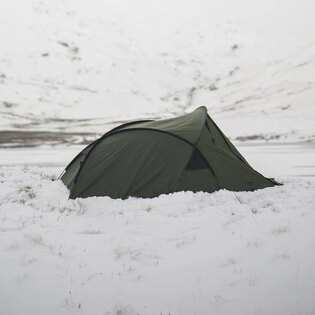
Snugpak® Scorpion 3 IX™ tent
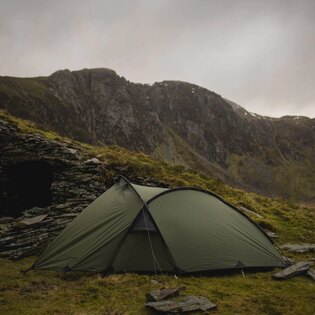
Snugpak® Scorpion 2 IX™ tent
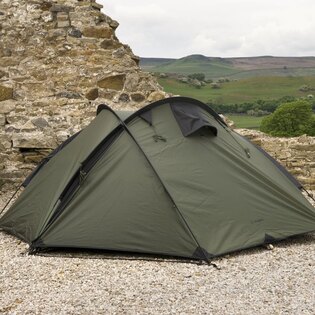
Snugpak® Bunker IX™ tent
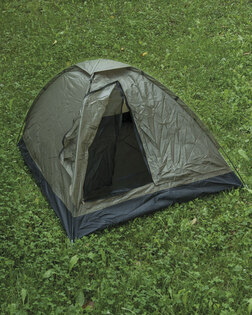


Two‑person dome tent Mil‑Tec® Iglu Super
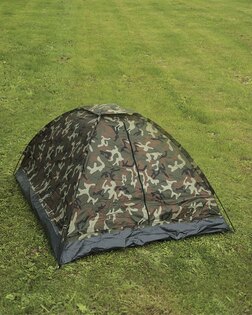


Three‑person dome tent Mil‑Tec® Iglu Standard






































































































































